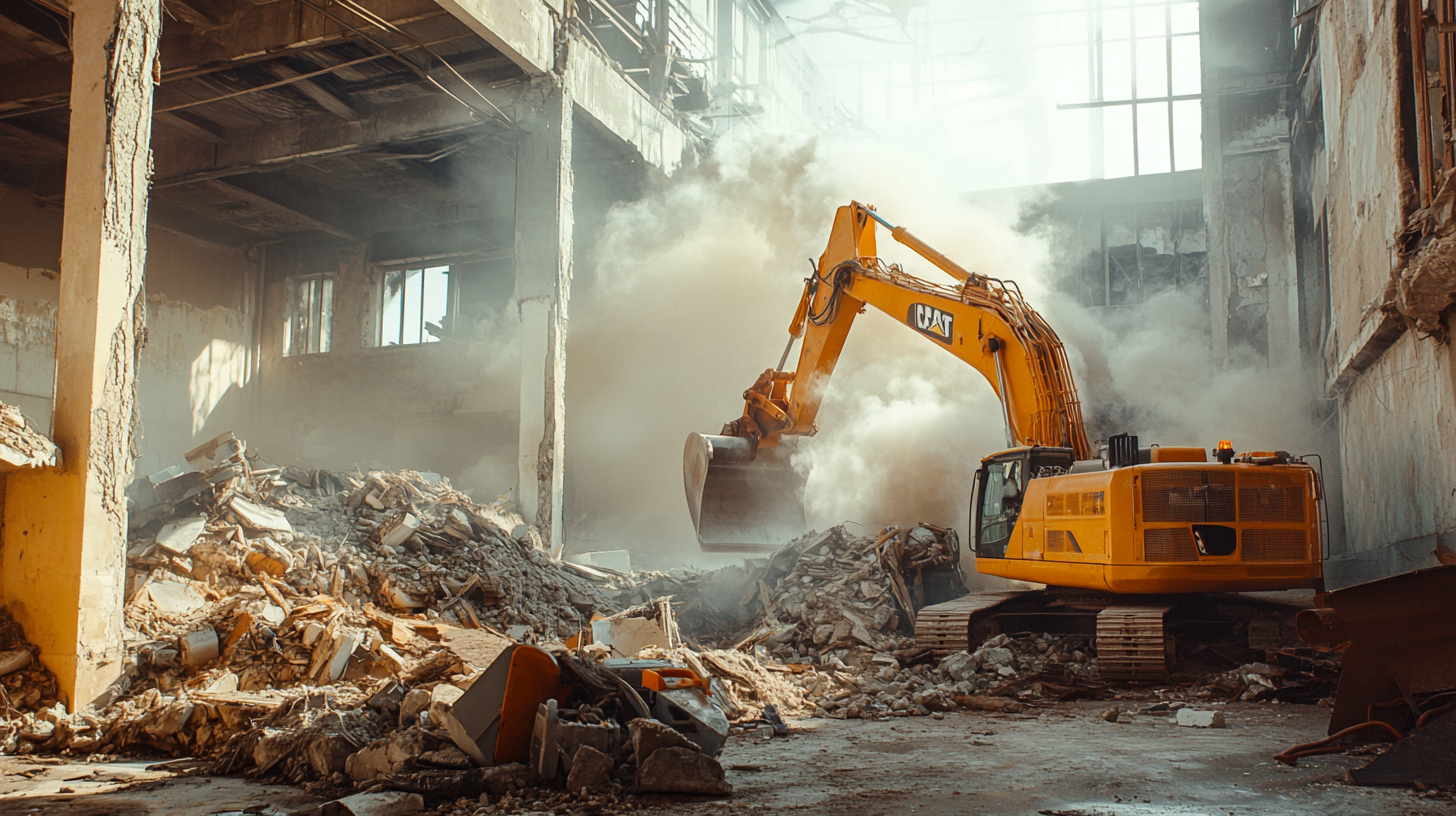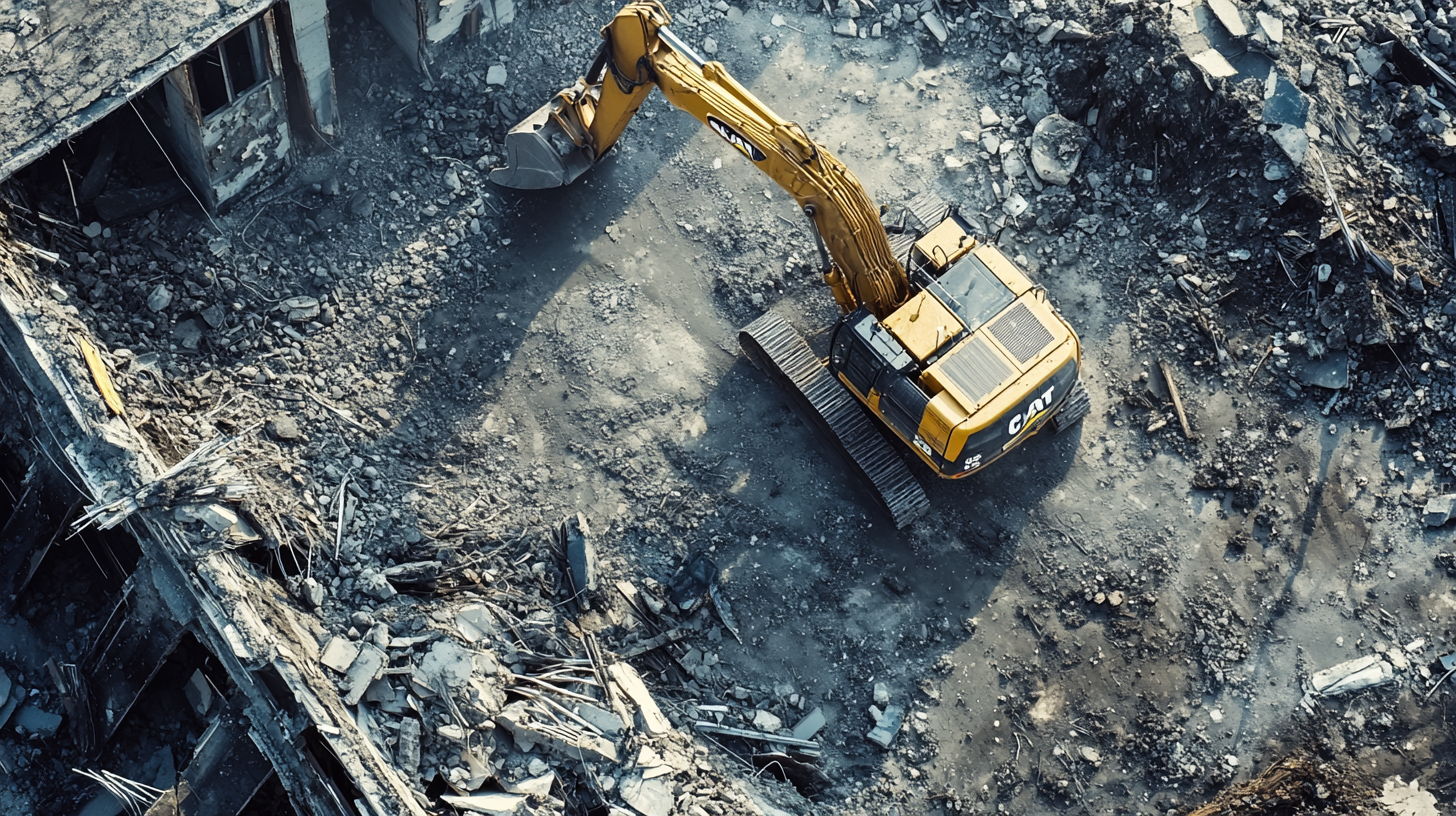
Debris disposal is a fundamental component of effective waste management, ensuring that waste materials generated from residential, commercial, and industrial activities are handled responsibly. It involves the collection, sorting, and proper disposal of various types of debris, including organic waste, construction materials, and hazardous substances. This process not only maintains cleanliness and safety but also plays a pivotal role in environmental preservation by reducing landfill contributions and promoting sustainable practices.
In the broader context of waste management, debris disposal serves as the bridge between waste generation and recycling or final disposal. Proper disposal methods ensure that recyclable materials are repurposed, hazardous waste is handled in compliance with regulations, and non-recyclable items are disposed of safely. Whether through DIY efforts, professional services, or municipal programs, effective debris disposal supports a clean and sustainable environment while minimizing the ecological footprint of waste.
This blog explores the importance of debris disposal, its various methods, and its critical role in waste management systems. By understanding these principles, property owners and communities can make informed decisions to promote sustainability and environmental responsibility.
Common Debris Disposal Methods
Effective debris disposal is essential for maintaining a clean environment and ensuring waste is managed responsibly. Various disposal methods are used depending on the type and nature of the debris, each with its own processes and environmental implications. Understanding these methods helps property owners and communities choose the most appropriate approach to manage waste sustainably.
Landfilling
Landfills are one of the most common destinations for debris disposal, designed to safely contain waste materials. These facilities operate by layering debris in designated areas and covering it with soil or other materials to minimize environmental impact. While landfills accommodate a wide range of waste, they are typically used for non-recyclable debris such as contaminated materials or mixed construction waste. However, over-reliance on landfilling contributes to land scarcity and environmental concerns, making alternative methods increasingly important.
Incineration
Incineration is a waste disposal process that involves burning debris at high temperatures to reduce its volume and, in some cases, generate energy. This method is often used for materials that are unsuitable for recycling or composting, such as certain plastics, medical waste, or contaminated items. While incineration can significantly reduce the physical volume of waste, it requires careful management to minimize emissions and environmental impact.
Recycling
Recycling is a sustainable disposal method that transforms waste materials into reusable resources. This process conserves raw materials and energy while reducing landfill contributions. Commonly recycled materials include metals, paper, glass, and certain types of plastics. Recycling requires proper sorting to ensure materials are processed correctly, making it a highly effective method for managing non-organic debris.
Composting
Composting is an eco-friendly method for disposing of organic debris by transforming it into nutrient-rich soil. This process is ideal for yard waste, food scraps, and other biodegradable materials, providing a natural way to recycle organic matter. Composting not only reduces landfill contributions but also enriches soil for gardening and agricultural use, promoting sustainable practices.
Illegal Dumping
Illegal dumping refers to the unregulated and improper disposal of debris in unauthorized areas such as vacant lots, roadsides, or waterways. Commonly dumped materials include construction debris, old appliances, and household waste. This method poses significant environmental hazards, such as pollution and harm to local ecosystems, and often results in legal and financial consequences for offenders.
Environmental Impact of Each Disposal Method
Debris disposal methods have varying impacts on the environment, depending on how they are managed and the materials involved. While some methods support sustainability and resource conservation, others can contribute significantly to pollution and ecological harm. Understanding these impacts is essential for making informed decisions about waste management.
Landfilling
Landfills are controlled environments designed to contain waste, but they are not without environmental drawbacks. One of the most significant negative impacts is the emission of greenhouse gases, particularly methane, which is released as organic materials decompose. Additionally, leachate, a liquid formed from waste breakdown, can contaminate soil and water if not managed properly. However, landfills offer certain benefits, such as the potential for capturing methane gas to generate energy and providing a regulated space for containing waste materials that cannot be processed through other methods.
Incineration
Incineration reduces the volume of waste significantly, making it a practical choice for managing non-recyclable materials. However, it poses environmental risks, including air pollution from the release of harmful gases and toxic ash byproducts that require careful disposal. Despite these challenges, incineration can offer benefits when used in waste-to-energy plants, where the heat generated is harnessed to produce electricity or steam, contributing to energy recovery efforts.
Recycling
Recycling has a positive environmental impact by conserving natural resources, reducing energy use, and limiting greenhouse gas emissions associated with manufacturing new products. Additionally, it diverts a substantial volume of waste from landfills, decreasing overall landfill reliance. However, recycling processes can be energy-intensive and require efficient sorting to avoid contamination, which can reduce the effectiveness of the process. Addressing these challenges ensures recycling remains a valuable tool in sustainable waste management.
Composting
Composting offers significant environmental advantages by reducing the volume of organic waste sent to landfills and producing nutrient-rich soil amendments that support agriculture and gardening. This method also mitigates methane emissions from decomposing organic matter in landfills. However, composting requires proper management to prevent odors, pests, and imbalances in the decomposition process. With adequate oversight, composting remains a highly sustainable option for organic waste.
Illegal Dumping
Illegal dumping is one of the most destructive waste disposal methods, with severe environmental consequences. It pollutes ecosystems, harms wildlife, and contributes to the aesthetic degradation of affected areas. Dumped materials can leach toxic substances into soil and water, disrupting local habitats and endangering public health. Unlike other methods, illegal dumping offers no environmental benefits, underscoring the importance of strict regulation and enforcement to prevent its occurrence.
Comparative Analysis of Disposal Methods
Debris disposal methods vary in their environmental impact, particularly in terms of emissions, resource conservation, and long-term risks. Understanding these differences provides valuable insight into the effectiveness and sustainability of each approach, helping property owners and policymakers make informed decisions.
Emission Levels
When comparing disposal methods based on greenhouse gas emissions, landfilling emerges as the highest emitter due to the release of methane from decomposing organic waste. Methane is a potent greenhouse gas, contributing significantly to climate change. Incineration ranks lower in terms of emissions but still releases carbon dioxide and other pollutants into the atmosphere, though advanced incineration systems with modern filters can reduce harmful byproducts. Recycling and composting are the most environmentally friendly in this category, generating minimal emissions during processing. Strategies such as landfill gas capture and advanced filtration systems for incinerators play a critical role in mitigating emissions across these methods.
Resource Conservation
Recycling and composting stand out as the most effective methods for conserving resources. Recycling reduces the need for extracting raw materials, such as trees for paper or ores for metals, and decreases energy usage in manufacturing. Composting, on the other hand, replenishes soil health by turning organic waste into valuable soil amendments, promoting sustainable agriculture and gardening practices. In contrast, landfilling and incineration contribute little to resource conservation. Materials in landfills remain inaccessible, while incineration consumes waste without recovering its intrinsic resource value, making these methods less sustainable in the long run.
Long-Term Environmental Risks
Among disposal methods, landfilling and illegal dumping pose the most significant long-term environmental risks. Landfills can lead to persistent soil and water contamination through leachate leakage, and the space they occupy can remain unusable for decades. Illegal dumping, with its unregulated nature, causes widespread pollution and damages ecosystems, harming both wildlife and human health. Recycling and composting offer opportunities to mitigate long-term risks by reducing the demand for resource extraction and limiting the environmental footprint of waste disposal. By fostering a circular economy, these methods address sustainability challenges while minimizing future ecological harm.
Choosing Eco-Friendly Disposal Practices
Adopting eco-friendly disposal practices is an essential step toward reducing waste’s environmental impact and fostering a more sustainable future. By prioritizing methods such as recycling, composting, and waste reduction, individuals and communities can actively contribute to preserving natural resources and minimizing pollution. Implementing these practices requires conscious effort and education to ensure waste is handled responsibly.
Promoting Recycling
Recycling is one of the most effective ways to reduce waste and conserve resources. To maximize recycling efficiency, it is important to sort and clean recyclables before disposal. Materials such as paper, plastics, metals, and glass should be separated into appropriate categories and free of contaminants like food residue, which can hinder the recycling process. Locating nearby recycling facilities or participating in local curbside recycling programs simplifies the process and ensures that materials are properly processed and repurposed.
Opting for Composting
Composting is a practical and environmentally friendly method for managing organic waste. Setting up a home composting system is straightforward and can be tailored to the available space, whether it’s a backyard compost bin or a small indoor setup. For those without the means to compost at home, municipal composting services provide a convenient alternative, often allowing for the disposal of yard waste and food scraps. Composting not only reduces landfill contributions but also creates nutrient-rich soil that can be used in gardening and landscaping projects.
Reducing Landfill Contributions
Minimizing waste generation at the source is key to reducing reliance on landfills. Simple actions such as avoiding single-use products, buying in bulk, and choosing reusable items can significantly decrease waste output. Reusing materials before disposal is another effective strategy. Items like glass jars, fabric scraps, and even certain types of construction debris can be repurposed for other uses, extending their lifespan and reducing waste.
Avoiding Illegal Dumping
Illegal dumping is a harmful practice that damages the environment and violates waste management regulations. Understanding the legal consequences, such as fines or penalties, is essential to deterring this behavior. Educating communities about the environmental harm caused by illegal dumping and providing sustainable alternatives—such as recycling programs, municipal waste services, and designated disposal sites—can promote responsible waste management practices.
Role of Policies and Innovations in Sustainable Disposal
Policies and innovations play a critical role in advancing sustainable waste disposal practices, ensuring that environmental impacts are minimized while resources are conserved. Government regulations, technological advancements, and community-driven initiatives collectively drive progress in managing debris responsibly and efficiently.
Government Regulations
Government policies are instrumental in promoting sustainable waste management practices. Many jurisdictions implement regulations that encourage recycling and composting by providing incentives for individuals and businesses to adopt these methods. Policies like mandatory recycling laws, tax credits for composting programs, and bans on single-use plastics exemplify efforts to reduce waste at the source. Additionally, landfill regulations, such as strict monitoring of leachate and methane emissions, help mitigate the environmental harm associated with traditional disposal methods. These policies set standards for responsible waste management and encourage compliance on a larger scale.
Technological Innovations
Technological advancements have transformed waste disposal by introducing more efficient and sustainable methods. Waste-to-energy plants, for instance, convert non-recyclable waste into electricity or heat, reducing landfill reliance and generating renewable energy. Innovations in recycling technology, including the use of AI and robotics, have improved sorting accuracy and processing efficiency, allowing for higher recovery rates of recyclable materials. These developments not only optimize existing disposal methods but also pave the way for innovative solutions to tackle emerging waste challenges.
Community-Led Initiatives
Community-led initiatives are powerful tools for promoting sustainable disposal practices at the local level. Organizing neighborhood cleanups, launching recycling drives, and hosting educational workshops raise awareness about responsible waste management and encourage collective action. Successful programs, such as community composting sites or localized efforts to reduce illegal dumping, demonstrate the positive impact of grassroots involvement. By empowering individuals and groups, these initiatives create lasting change and foster a culture of sustainability within communities.
FAQs
-
Which disposal method has the highest emissions?
Landfilling has the highest emissions due to methane gas released by decomposing organic waste, a potent contributor to climate change.
-
What are the benefits of recycling?
Recycling conserves natural resources, reduces energy consumption and greenhouse gas emissions, and diverts waste from landfills, minimizing environmental impact.
-
Is incineration environmentally sustainable?
Incineration reduces waste volume and can generate energy, but it produces air pollution and toxic ash byproducts, requiring advanced systems to mitigate harm.
-
How does composting help the environment?
Composting reduces landfill waste, mitigates methane emissions, and creates nutrient-rich soil amendments, promoting sustainable gardening and agriculture.
-
Why is illegal dumping harmful?
Illegal dumping pollutes ecosystems, harms wildlife, and contaminates soil and water, posing severe environmental and public health risks with no offsetting benefits.
Contact Bull City Crawlspace Today!
Bull City Crawlspace will do everything we can to ensure your experience with us is excellent.
Request A FREE Estimate
Request a Free Estimate Form
We will get back to you as soon as possible.
Please try again later.
Checkout Recent Post




Got a Question? We’re Here to Help.
You can arrange an appointment or make an enquiry by phone or email, orget in touch to us via our contact form.
Business Hours:
Monday - Friday 8:00 AM - 8:00 PM Saturday and Sunday: Closed
We're your local family owned, operated and licensed crawl space repair and waterproofing company.
919-724-4601
jon@bullcitycrawlspace.com
Services
NATIONWIDE LEADER
Claim you free crawl space consultation today by clicking the button below.
Contact Info
Business Hours:
Mon to Fri: 8:00am - 8:00pm
All Rights Reserved | Bull City Crawlspace

